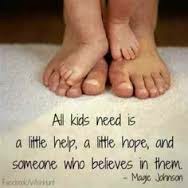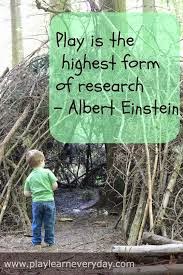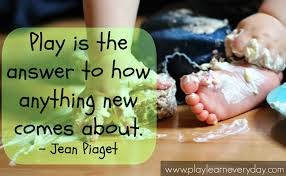*Collection Bags- I absolutely love this idea and plan to do it within the first few weeks of school... Each student was given a small bag to bring home. Families found "treasures" and interesting materials to put in the bag and donate to the classrooms art centre. Students examined, described, sorted and used the materials in creative ways. This idea really makes the ordinary become the extraordinary!
*The teachers used "treasures", metal and wood to explore colour and create different designs including self-portraits using collage materials. I LOVE that they had the children plan and create wood structures. The learning for me was- get wood pieces to have students actually sand, plan and glue together. I have always had my students use different materials to create a variety of structures, but I have never thought to actually have them use scraps of wood, prepare the wood and glue their structures.
The resource "The Language of Art" is an amazing read. I feel it is a fabulous resource to help provoke exploration and meet visual arts expectations. It really encourages teachers to use art as a way to get children to communicate their understanding and their feelings. It encourages children to use and experiment with art supplies and helps students focus on the "process of creation rather than the goal of the finished product." The book is organized in a way that helps teachers use materials to provoke investigation and exploration of art tools and techniques. For example some of the chapters include exploring textures and movement, colour, 3D media, drawing and painting. It provides suggestions on how to set up your "art studio" and provides questions/comments to make to help get students thinking and wondering. I plan on using this resource to help provoke my students into exploring different media and practicing different techniques. I will put out the tools at my art studio called "The Creation Station" and through mini-lessons introduce tools and techniques. Hopefully students will then be intrigued to explore the art forms themselves and I will be ready with questions to help them explain their thinking and dive further into understanding.









